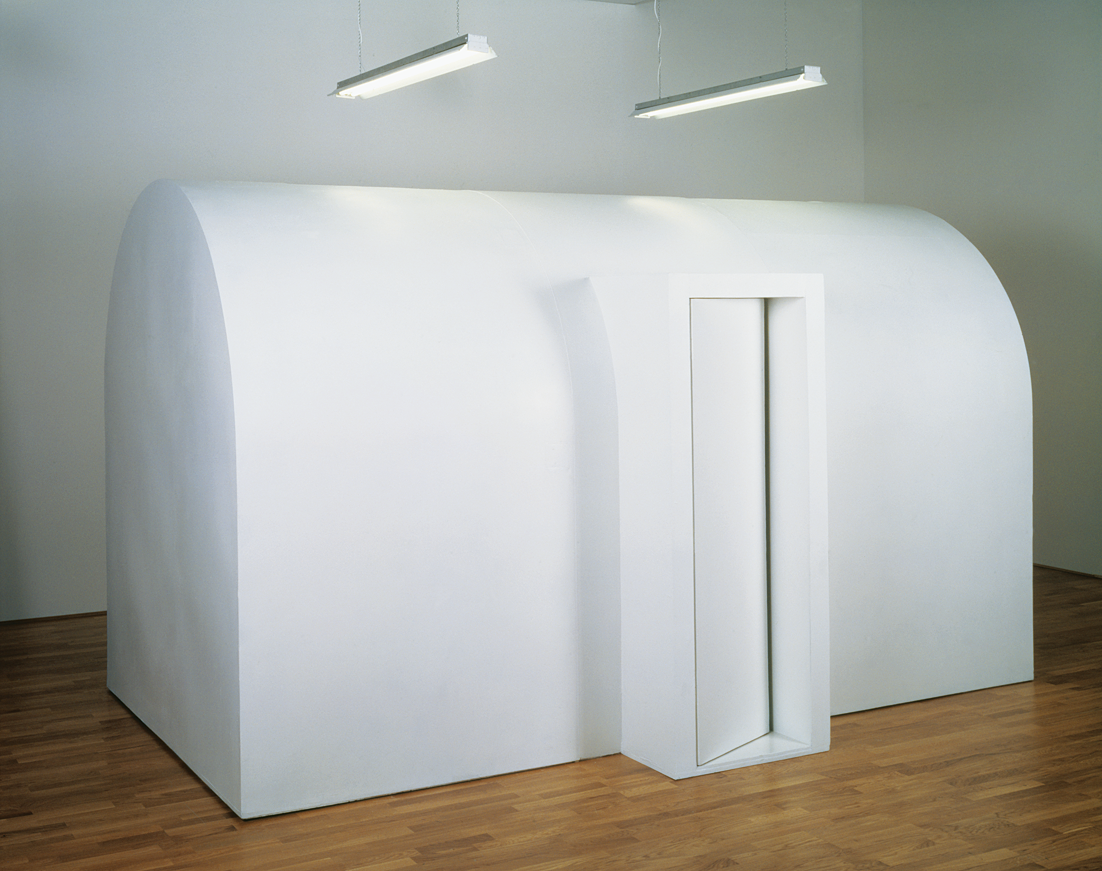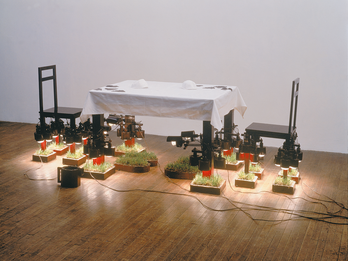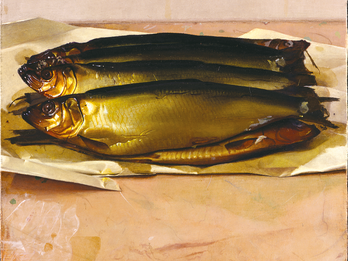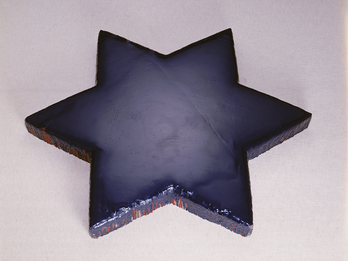Cell No. 1
Absalon
1992
Image

Engage with this Source
Creator Bio
Absalon
1964–1993
Absalon was the name adopted by Israeli artist Eshel Meir upon his arrival in Paris in the late 1980s. His “cellules,” life-sized architectural models made of wood and painted white, were designed as both sculptures and living-pods. Six of these were exhibited at the Musée d’Art Moderne in Paris shortly before Absalon’s untimely death at the age of twenty-nine. His work has been exhibited posthumously in Europe, the United States, and Turkey and is found in the Tate Modern, Daimler Modern, and other public collections.
Restricted
Image
Places:
Paris, France
You may also like

Indoor Sukkah
Wexler is an artist and architect who also makes furniture. Over the years, he has often reinvented the sukkah, the booth in which Jews eat meals during Sukkot, an autumn holiday commemorating the…

David’s Room
Among the inspirations for Bar Lev’s paintings were American patchwork quilts, Mexican and Native American art, stained-glass windows, Russian constructivism, and pop art. She combined patterns and…

Seven Smoked Fish on a Grinding Slab
Hershberg is considered one of the leading realist painters of our time. He has said that a true artist sees reality as a “continual feast, a never-ending delight to the eyes,” and hopes that his…

Triple Silver Yentl (My Elvis)
Triple Silver Yentl (My Elvis) is part of what is known as Kass’s Jewish Warhol series, a feminist comment on Andy Warhol’s famous screen prints of celebrities. Kass used the same mass-production…

The Writing on the Wall: Almstadtstrasse (Formerly Grenadierstrasse 7): Slide Projection of Former Hebrew Bookstore, Berlin (1930)
In The Writing on the Wall, Attie brought the ghosts of pre-World War II Jewish life in Berlin temporarily to life by projecting black-and-white slides of Jewish schools, bookstores, kosher butchers…

A Jew in Germany
David is best known for painting with encaustic, a combination of beeswax and pigment. A Jew in Germany was painted with encaustic on wood. David often uses religious iconography in his works. In 1979…

